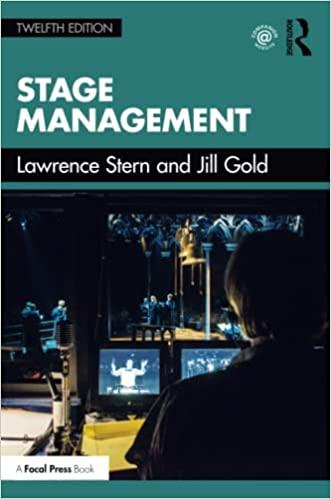Question
Capacity at Q&H is governed by the number of hours the line runs. The line requires a team of 100 employees. Employees are paid $10
Capacity at Q&H is governed by the number of hours the line runs. The line requires a team of 100 employees. Employees are paid $10 per hour for regular time and $15 per hour for overtime. Each ton of detergent requires 1 hour of operation of the line. The plant works 20 days a month, two shifts a day, and 8 hours per shift of regular time. Overtime is restricted to a maximum of 20 hours per employee per month. Each ton of detergent uses $1,000 of material. Carrying a ton of detergent in inventory from one month to the next costs $100. Q&H starts with 150 tons in inventory and wants to end with the same level. During intermediate months, Q&H wants at least 100 tons of inventory. Detergent is currently sold to retailers for $2,600 per ton. The detergent market is shared between Q&H and its competitor, Unilock. Q&H is in the process of making its production planning and promotion decisions. Q&H wants to consider only plans without any stockouts. One option is to drop the sale price by $260 per ton (from $2,600 to $2,340) for one month in the year. The outcome of this action by Q&H is influenced TABLE 9-6 Anticipated Monthly Demand at Q&H Month Demand Month Demand January 280 July 291 February 301 August 277 March 277 September 304 April 302 October 291 May 285 November 302 June 278 December 297 by the action taken by Unilock. If neither firm promotes, the forecast demand for Q&H is as shown in Table 9-6. If Q&H promotes in a given month but Unilock does not, Q&H sees consumption (does not include forward buying) in that month increase by 50 percent and forward buying of 20 percent from each of the two following months. If Unilock promotes in a given month but Q&H does not, Q&H sees consumption in the month drop by 50 percent. If both promote in a given month, neither sees an increase in consumption but both see forward buying of 25 percent from each of the two following months. The debate within Q&H is whether to promote, and, if so, whether to do it in April or June. For the following questions, assume that demand for Unilock is like that of Q&H. a. What is the optimal production plan for Q&H assuming no promotion by either Q&H or Unilock? What are the annual profits for Q&H? b. What are the profits for Q&H if Unilock promotes in April but Q&H does not promote throughout the year (because it uses everyday low pricing)? What are the profits for Q&H if it promotes in April but Unilock does not promote throughout the year? Comment on the benefit from promoting versus the loss from not promoting if the competitor does. c. What are the optimal production plan and profits if both firms promote in April? Both promote in June? Q&H promotes in April but Unilock in June? Q&H promotes in June but Unilock in April? d. What is the best decision for Q&H if it can coordinate its decision with Unilock? e. What is the best decision for Q&H if it wants to maximize its minimum profits no matter what Unilock does?
Step by Step Solution
There are 3 Steps involved in it
Step: 1

Get Instant Access to Expert-Tailored Solutions
See step-by-step solutions with expert insights and AI powered tools for academic success
Step: 2

Step: 3

Ace Your Homework with AI
Get the answers you need in no time with our AI-driven, step-by-step assistance
Get Started


